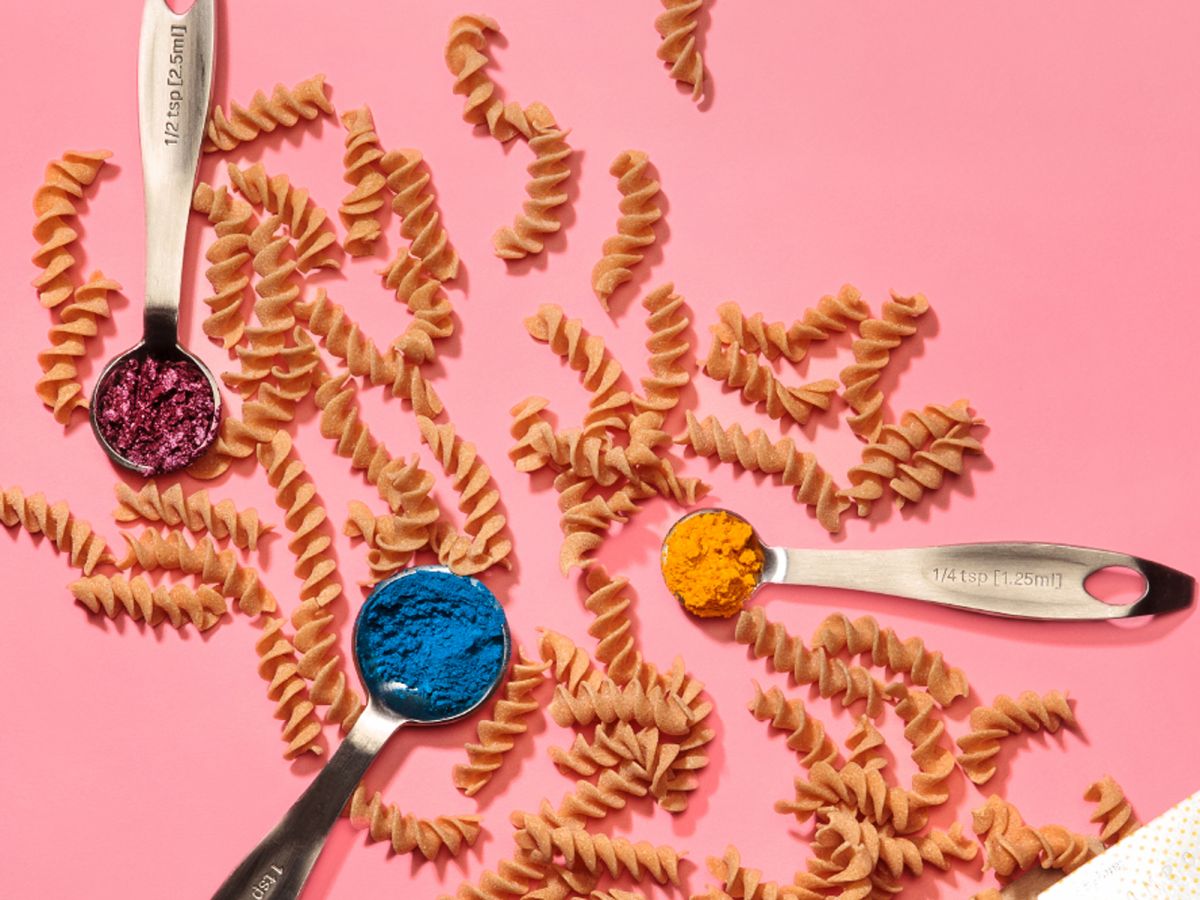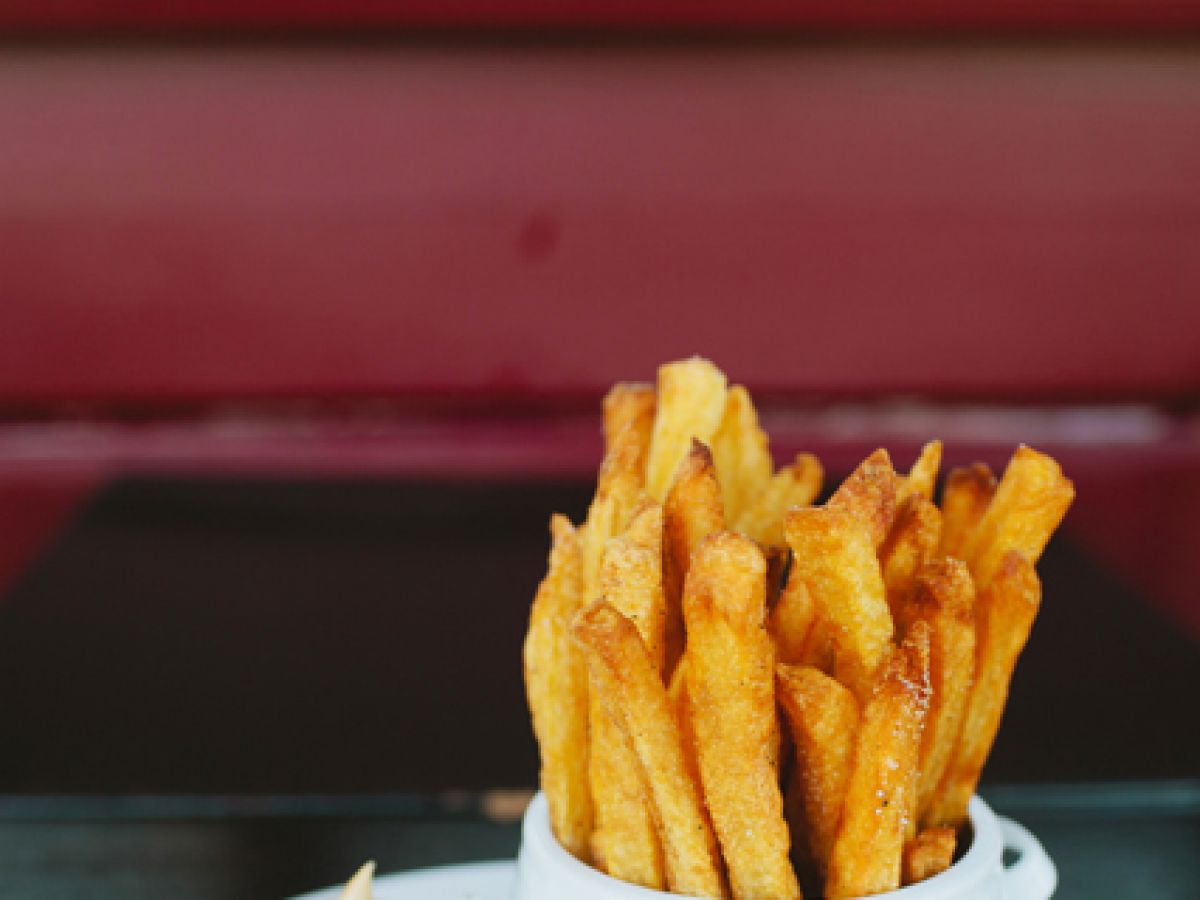This article was last updated on April 16, 2022
Canada: ![]() Oye! Times readers Get FREE $30 to spend on Amazon, Walmart…
Oye! Times readers Get FREE $30 to spend on Amazon, Walmart…
USA: ![]() Oye! Times readers Get FREE $30 to spend on Amazon, Walmart…
Oye! Times readers Get FREE $30 to spend on Amazon, Walmart…

I spent last Christmas in the U.K., with my aunt and cousins, including a not-quite-2-year-old cousin named Rawley. I’d been practicing intuitive eating for a couple years at that point, and while I knew my food issues weren’t 100% out the window, I was relatively confident in my ability to eat well. By that, I mean that I fed myself good, satisfying food, rarely ate far past the point of full, and didn’t let my whole self-worth get tied up in whether or not I had a second Christmas cookie. I ate food without all the food bullshit, in other words; I was simply beyond all that.
Nuh-uh. Sitting through one meal with a toddler reminded me what real, raw, unadulterated intuitive eating really looked like. That kid ate without bullshit. He wasn’t beyond it. It wasn’t even in his eyeline. He had me beat, by a mile. Not that it was a contest. I guess.
The phrase “eat like a 2-year-old” is often cited both in intuitive eating and in the diet world. Diet advocates often suggest eating like a toddler in order to lose weight (I refuse to link to it, but there is actually a plan out there called “The Baby Diet”). Intuitive eating coaches and RDs use it to remind people that, once upon a time, they were able to eat based on instinct and desire, and that food was totally divorced from morality and self-esteem. There was a time before the bullshit got hold of us when we just asked for (or demanded) the food we wanted, when we wanted it, and when we’d had enough, we simply stopped.
“More toast,” Rawley would demand each morning, sitting in his high chair. (Really, what he said was, “Moe toe,” but I’m going to translate from English-accented baby talk from here on out. Trust, it was adorable.) And someone would give him more toast.
“More kiwi.” Someone would peel a kiwi and place a few tiny pieces on his tiny tray table.
“Rawley, will you have some more pasta?” we’d ask. And he’d turn his face away and stick out his hand, waving it off like a bored emperor.
What he lacked in table manners, he made up for in this incredible power to eat or stop eating, regardless of what everyone else was doing or saying to him. He was never embarrassed or hesitant to ask for anything. He never looked at his empty plate and said, “Oh my god, I’m so bad. I need to start cleansing, like, yesterday.” When Rawley ate, he just ate.
This is why — loathe though I am to admit it — the intuitive eating coaches and the diet pushers can both be right about the effects of eating like a 2-year-old. We all have our own natural, “default” weight range, and if we ate with the same freedom and detachment as a toddler, we’d probably stay steadily within that range, until things like age, illness, or other outside influences changed it. We wouldn’t purposefully starve ourselves down below our default weight, nor would we binge ourselves above it. But it doesn’t follow that everyone who isn’t thin automatically would be if they adopted “The Baby Diet,” because not everyone is born to be naturally thin. That’s the big, fat gap in the diet advocates’ argument.
However, all of us would certainly benefit from the real perk of eating toddler-style. If someone could just get in your head and delete everything that everyone has ever told you about what and how you should eat, what might that life be like? Seriously, imagine a life where you wouldn’t struggle to choose between a carrot and a Kit Kat. You would hardly give it a thought, and if you did, that thought would only be, Do I want it? No worry, no checking your calendar to see if you had time to hit the gym later and make up for this “bad behavior.” You’d be free to choose with the full, instinctive knowledge that neither food was off-limits, and both would be available again, at any time. Never worrying, as you ate, about when you should stop, but simply enjoying with ease, knowing that you didn’t have to think about it, period. Your body and brain would chime in and let you know when you were done. At that point, you could just put it down, whether the food was finished, half-finished, or down to just one bite left.
It sounds simple, because it is. But the sad fact is that both food and life get a lot more complicated when you get older. Sadly, Rawley may grow out of his magical eating powers as he trades them in for magical adult skills, like using the potty and pronouncing the word “toast.” The more he understands of the world around him, the more dots he’ll connect when he sees us saying, “I’m so bad,” while staring at our empty plates. At a certain point, he’ll look at his own and wonder if that means he’s “bad,” too. The older he gets, the harder it will be to convince him otherwise.
Hard, but not impossible. Relearning to eat like a toddler, as an adult, requires practice, time, and, usually, some help. Personally, I think the best place to start is by picking up a copy of Intuitive Eating and using your magical adult powers of reading. “This is what intuitive eating is based on,” co-author Elyse Resch, MS, RDN, CEDRD, told me, “that toddler’s desire to have a full range of foods.” The philosophy itself is very basic and tangible. The hard part is hanging on to it, remembering to eat like a 2-year-old when you’re living in the land of adults with all the neuroses and social conditioning and other bullshit that comes with that.

Photographed by Phoebe Chuason.
Here’s the part where people say things like, “I’m sorry, but if I ate like a toddler, I’d be eating Goldfish and fries all day. Kids don’t know anything about nutrition.” To that, I can only sigh, turn my head to the side, stick out my hand, and wave away your nonsense. You’re right, but you’re being an idiot, too. Yes, of course, toddlers have parents for a reason. They have fantastic natural instincts, but they don’t have knowledge to make choices yet. They don’t know what the hell they’re even doing here.
Toddlers and small children make insane food choices sometimes. (There’s a reason Play-Doh is edible.) They also sometimes go through incredibly picky phases, terrifying their parents by refusing to eat anything that isn’t white. Sometimes, they eat themselves sick. All of this is about discovery. It’s about learning what they like, how much they need, what hurts their tummies. As they get older, it’s also about social cues and testing boundaries — basically, just learning how to be a human. There’s a heap of complex research on exactly how we learn to relate to food in early childhood, but one thing that’s clear is that it is learned. Sometimes we figure it out through trial and error. Other times, we learn it because we’re taught.
(Sidebar: I don’t envy any parent on this point, because, well, it must be so damn hard. It’s easy for me to sit here and say your kid will eat vegetables if you just let him explore and don’t push too hard. But I do realize I can go fuck myself on that one. You have work to do and a life to lead; plus, you have to keep this little animal alive and all he wants to eat is saltines. I am not here to point fingers at you. I am 1,000% sure you’re trying like hell to keep your kid fed, healthy, and not-crazy around food — and I have no business offering advice. Do you want a drink, by the way?)
Thankfully, we learn all sorts of things along the way, and some of those things are very useful. While you’re learning to eat like a toddler, you can employ your adult knowledge, too. Kids don’t know that farro is a good source of protein, fiber, and magnesium, all of which makes them feel good. They just know it’s chewy. Kids aren’t particularly great about food waste, either. Sure, it’s damn impressive when they take two bites of a cookie and leave the rest because they don’t want anymore, but, uh, have you even heard of Syria, kid? As an adult, you can remind yourself that fiber helps with your digestion. You can look at the cookie, gauge your level of interest, and decide if it looks like too much at the moment. The key is to do so with the toddler mentality.
That’s what eating like a 2-year-old is all about: Not so much what they eat, but how — that’s their magic power. They recognize food as food and can make choices without the burden of emotional attachment. They eat for fuel and pleasure, finding the balance as they go (toddling a bit, certainly, but that’s their job). No one has taught them that toast is bread and bread has carbs and carbs are so bad. They haven’t yet ingested the terrible lie that food can be good or bad and, therefore, that eating makes them good or bad, too.
Somewhere in all of us, that kid is still at the table. He’s that voice that asks for more toast on a chilly winter morning, and then bellows even louder when you ignore him. He wants to try everything, and when he’s done, he lets you know, without apology. He can be a rude little weirdo at times, but he’s just trying to enjoy himself, and figure out what the hell he’s doing here.
Click HERE to read more..
You can publish this article on your website as long as you provide a link back to this page.

Be the first to comment